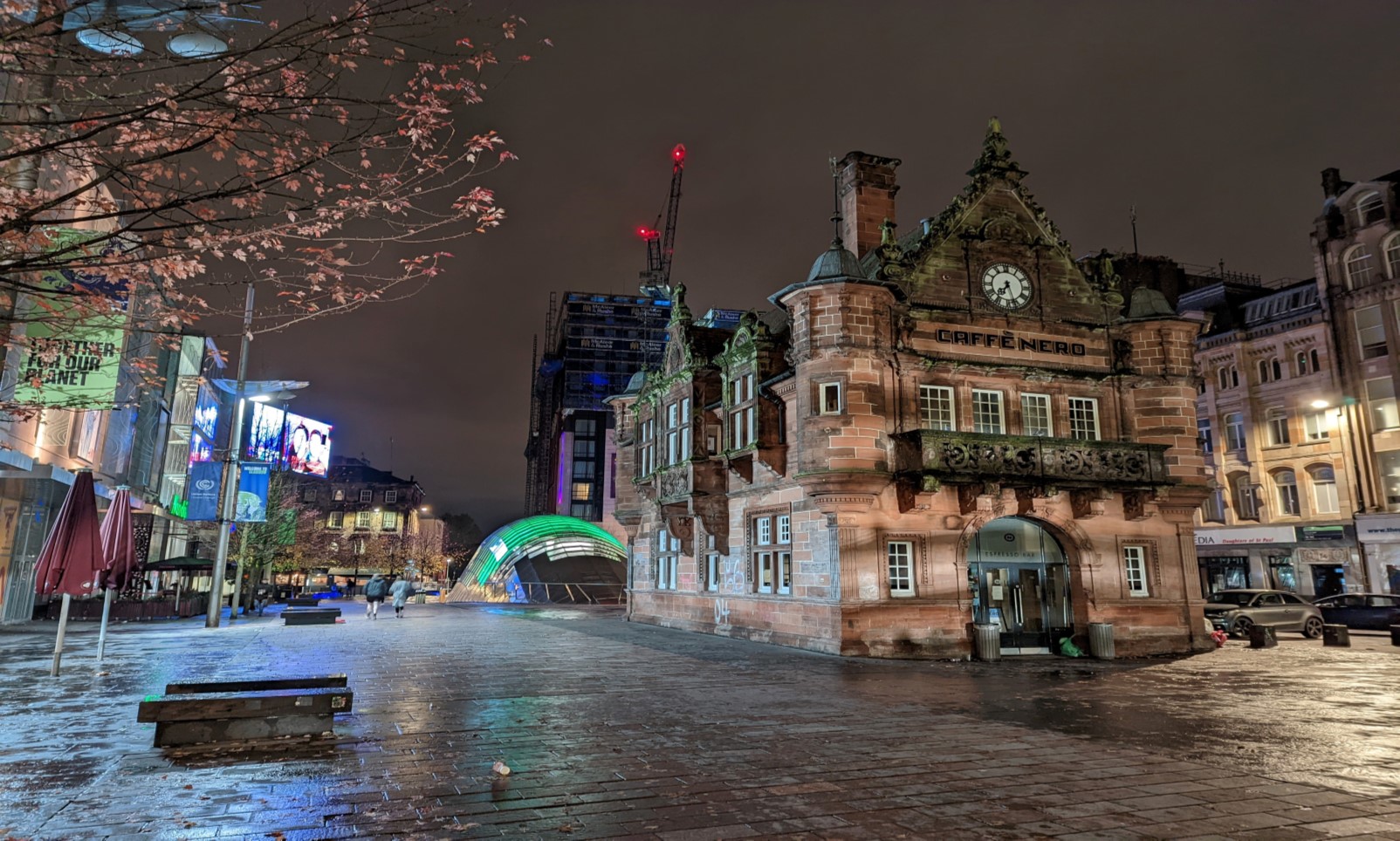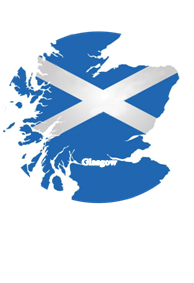March 2020 VLT meeting
Provisional results IARU R1 70 MHz MGM
Snips – News For Scotland – 5th June

NEWS FOR SCOTLAND & CLUB NEWS (GB2RS ) Extracts inc Additions
With Scottish Clubs returning to normal meeting details of club activities can usually be found on the individual club’s website. A summary of activities, Nets, Contacts and Links in Scotland can be found at wosars.club/radio-nets.
To have your net listed on the WoSARS website or to report any changes, contact Tony, MM0TMZ by email to rr1@rsgb.org.uk. Please also keep GB2RS updated via email to radcom@rsgb.org.uk.
SPECIAL EVENT
GB2JCM will be operated by the James Clerk Maxwell Radio Society to commemorate the anniversary of the mathematician and scientist’s birth on the 13th of June. They will operate from the Church at Parton in Dumfries & Galloway where Clerk Maxwell both worshipped and is buried. Should you be interested in joining with the society and taking part in the special event, please come along on the day between 9am and 5pm. They can be contacted via QRZ.com.
NETS & MEETINGS
Aberdeen Amateur Radio Society is taking part in National Field Day today. On Thursday there is a VHF Fox Hunt. Fred, GM3ALZ, on 01975 651 365.
Glenrothes & District Radio Club has slow Morse receiving practice on 145.425MHz starting at 7.15pm on Tuesday. On Thursday there is a Ragchew and Morse practice from 7.15pm. The club runs Monday to Saturday nets at 10am on 3.790MHz. Eric, GM4FQE, 01333 450 753.
Kilmarnock & Loudoun Amateur Radio Club holds a net on Sundays from 2pm around 3.720MHz SSB, later moving to around 3.540MHz at 2.30pm for a CW Net. The quiz night is now suspended until the Autumn. Monday sees a radio Q&A night on Zoom from 7.30pm. On Tuesday, there is a meeting at the clubhouse and on Zoom at 7.30pm. klarcinfo@gmail.com
Today, Sunday the 5th, Stirling and District Amateur Radio Society will be open from 10.30am. Thursday sees a club night from 7pm. secretary@gm6nx.com.
Wigtownshire Amateur Radio Club and D&G RAYNET run an open net on GB3DG every day at from noon. All are welcome. On Thursday the net is on GB3DG from 7.30pm, then on Zoom from 8pm for a general evening. Oli, MM0YOS, info@gm4riv.org.
Edinburgh & District Amateur Radio Club has a net operating evening at 8.15pm on Monday on 433.525MHz. Contact Norman, GM1CNH, on 0774 094 6192.
West of Scotland Amateur Radio Society has a Solder Group meeting at The Electron Club at CCA, at 6pm on Wednesday. On Friday, the club rooms will be open. www.wosars.club.
Caithness Amateur Radio Society has club nets at 2pm on Wednesday and Saturday on 3.740MHz. Club meets happen in Skirza, near John O’Groats. For dates, contact Nigel, MM7BWT, Mansfield.n27@gmail.com
Kingdom Amateur Radio Society has nets on Sundays, Tuesdays and Fridays from 7pm on 144.750MHz. Steve, MM0SKX, 0771 105 9343.
Dundee Amateur Radio Club holds nets on Sundays and Wednesdays from 7.30pm on GB3AG and GB3DD. Martin, 2M0KAU, 0776 370 8933.
The Viking Amateur Radio Net runs on Sundays from 6pm on 3.660 or 3.639MHz. Details are on their Facebook page.
Livingston & District Amateur Radio Society has a club night at Crofthead on Tuesday from 7.30pm. On Thursday there is a net on 145.575MHz at 7.30pm. Cathie, 2M0DIB, 01506 433 846.
Paisley Amateur Radio Club holds a net on Mondays from 8pm on 144.550MHz and on Zello. Tuesday sees a DMR net in room 4415 from 8pm. On Thursday, there is an FM net on 144.550MHz and on Zello from 7.30pm. Stuart, MM0PAZ, 0742 665 0757.
Edinburgh and District Amateur Radio Club has a club meeting and social evening on Saturday. Norman, GM1CNH, 0774 094 6192.
DV Scotland has a multi-mode net on Monday from 8pm to 9.30pm using GM5DVS. This is via all DV Scotland Repeaters on Talk Group 23556. Time Slot 2. And also via Allstar HUB 53937 and Echolink MM1CXE. Details of how to connect are at dvscotland.net.
Moray Firth Amateur Radio Society meets at 7pm on Tuesday for a 7.30pm start at Linkwood View, Linkwood Close, IV30 6BF for the club’s AGM. The AGM will be followed by an RSGB video. www.mfars.club.
Lothians Radio Society is holding its AGM on Wednesday. Andy, MM0FMF, secretary@lothiansradiosociety.com.
Inverness & District Amateur Radio Society has a meeting, coffee and chat on Wednesday. Adrian, MM0DHY, Invernessradiosociety@gmail.com.
On Wednesday, Mid Lanarkshire Amateur Radio Society has a ragchew on talk group 23550 from 8 to 10pm. On Thursday there’s a net on 70.425MHz from 8pm. On Friday the club meets at Newarthill Community Education Centre, Newarthill ML1 5JU from 7pm. Simon, 2M0LSG, Secretary@mlars.co.uk.
Lomond Radio Club has a club night on Thursdays from 7.30pm at the John Connelly Centre in Renton. Simon, MM0XME@gmail.com
On Saturday, Cockenzie & Port Seton Amateur Radio Club is having and on-air activity day. Bob, GM4UYZ, 01875 811 723.
YL Radio News – June 2022

CONTENTS:
South African Yls Anniversary month of June
S African YL’s Brief History
Recall & Remember – Ruth Boatwright ZS2QK (ex ZS5QK)
ZS Autumn SOTA Day 2 May 2022
SOTA DXpedition 2022 on Svalbard (JW)
K4SAF Carol Fraley Laferty 5 Band DXCC Award
LU1NSL Sofia Women’s Day 2022 & Radioclub Santiago del Estero, Argentina
Seychelles Dxpedition
DANUBE DAY, HG7DANUBE
Silent Keys
Contact & Calendar

